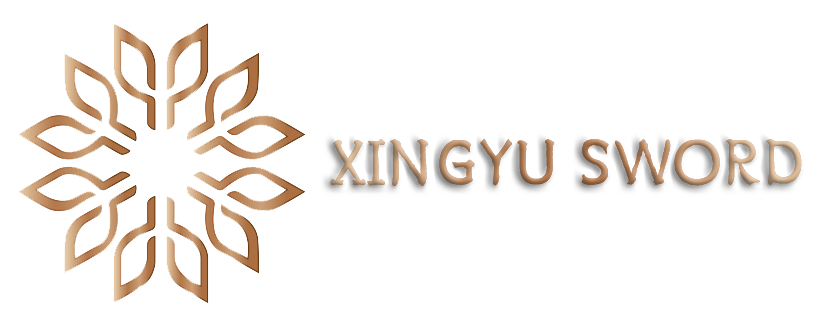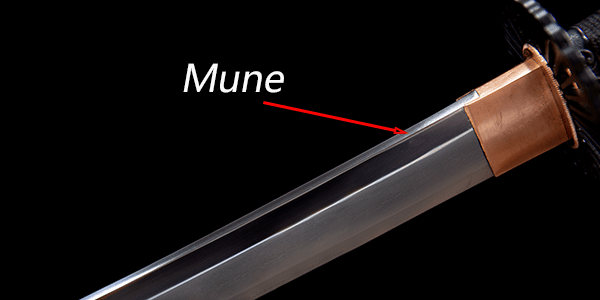Part of the Katana Koshirae
Koshirae meaning
The katana Koshirae is a functional, traditional mount that includes metal parts such as a lacquered saya, a hand guard, and a hilt wrapped in a decorative band.
A katana koshirae is the equivalent of katana clothing, and is divided into home wear and outwear, with the home wear being a plain shirasaya made of plain wood, which serves the simple purpose of protecting the blade from wear and tear or moisture. The kimono is the formal koshirae, which is much more complex than the shirasaya, and consists of a dozen or so parts, including kashira, menuki, tsukamaki, fuchi, tsuba, seppa, koiguchi, kogai, kozuka, kaeritsuno, kojiri, and kurikata, The first few we have already introduced each separately, and the last few are not very functional and are concentrated in saya, so we will talk about them together.

Type of Koshirae
Koiguchi, so named because it is shaped like a carp's mouth, is located at the opening of the saya and has the effect of preventing the saya from cracking. From the oldest times, it was made from animal horns, but with the coming of the Edo period, metal koiguchi became more popular.
Kurikata, since katana is inserted directly into the waistband, it does not have a hanging loop like tachi, but there is a kurikata on the side of the saya, It's for tying up sageo. which is said to have gotten its name because it looks like a chestnut. The kurikata also prevents the saya from slipping out of the belt, and is mostly made of metal or horn.
Shitodome, a small metal accessory, resembling a quail's eye, used to pass through the openings of the kurikata separately to increase the friction of the sageo and for decorative purposes.
Kogai, metal implements inserted in the notch of the saya, which have a fixed blade and decorative use, and can also be used as hairpins, the vast majority of which are made of copper or copper alloys.
Kozuka, the knife inserted into the notch on the side of the sayaUses Generally used as a utility knife, sharpening wood, paper or cutting rope and other daily miscellaneous uses, somewhat similar to our daily use of pocket knives. Of course, it can also be used as a weapon for self-defense in critical situations, or as a throwing sword.
Kaeritsuno, hooks that prevent the saya from slipping under the belt , mostly wood and hornware.
Kojiri, the protective cover on the end of the sya is mostly made of metal or horn.Some schools also use the kojiri as an attack tactic. the saya was designed to complement the kojiri, not what most people believe, that the kojiri exists for the saya.


A good koshirae shadow is customized for that katana, and if one katana is fitted to another katana, it is difficult to fit, or even if a katana's outfits come from all over the place, and the accessories are irrelevant and not in a set, and so on and so forth, which is something the sword lover must be aware of.


Leave a comment
This site is protected by hCaptcha and the hCaptcha Privacy Policy and Terms of Service apply.